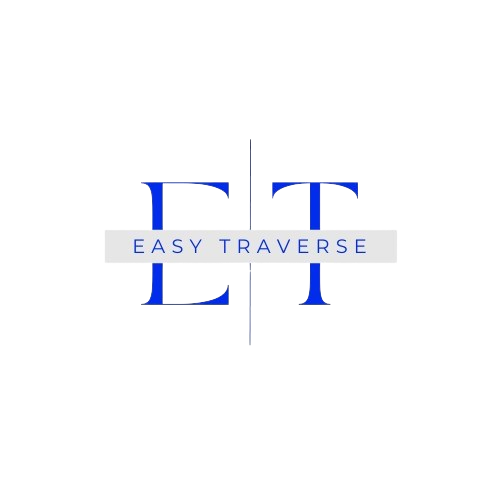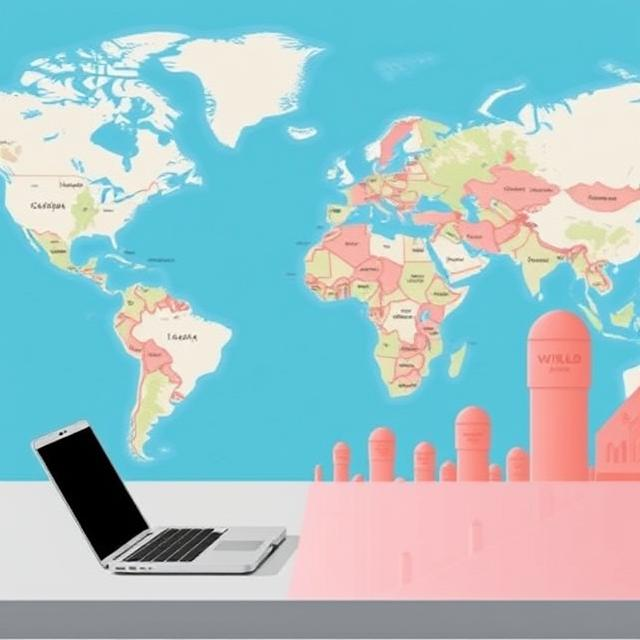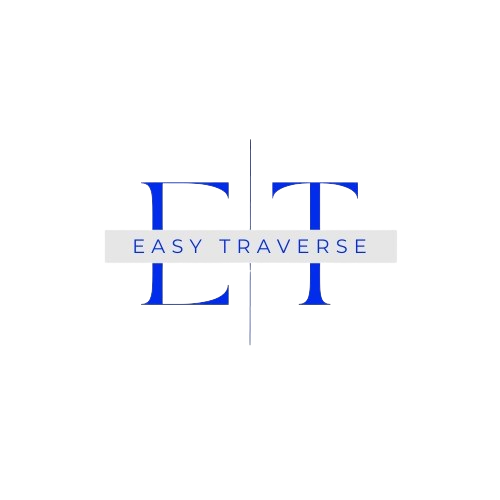Canada offers multiple visa sponsorship options for skilled professionals, temporary workers, and family members. Here’s a detailed step-by-step guide to securing a visa sponsorship in Canada.
Step 1: Determine Your Eligibility
Before applying for visa sponsorship, ensure you qualify under one of Canada’s sponsorship programs:
- Work Visa Sponsorship – For skilled workers with a job offer from a Canadian employer
- Family Sponsorship – If you have a Canadian citizen or permanent resident relative willing to sponsor you
- Provincial Nominee Program (PNP) – If a Canadian province nominates you based on labor shortages
Step 2: Find a Job with Visa Sponsorship (For Work Visa Applicants)
To get employer sponsorship, follow these steps:
- Search for Canadian jobs that offer sponsorship
- Use job boards like Job Bank Canada (official government site), LinkedIn, Indeed Canada, and Glassdoor
- Apply for jobs in in-demand sectors
- IT, healthcare, engineering, skilled trades, and hospitality have high demand
- Network with Canadian employers
- Use LinkedIn and professional networks
- Ensure your employer is eligible to sponsor a visa
- The employer must get a Labour Market Impact Assessment (LMIA)
Step 3: Obtain an LMIA (For Work Visa Applicants)
- The Canadian employer must apply for an LMIA from Employment and Social Development Canada (ESDC)
- The LMIA proves that no Canadian worker is available for the job
- Once approved, the employer will give you a copy to submit with your visa application
Step 4: Choose the Right Visa Category
If you have an LMIA-approved job offer, apply for a Work Permit under one of these programs:
- Temporary Foreign Worker Program (TFWP) – For skilled and unskilled workers
- International Mobility Program (IMP) – For specific professionals without LMIA requirements
- Express Entry (Federal Skilled Worker Program) – For professionals seeking permanent residence
If applying for Family Sponsorship, your sponsor must be a:
- Spouse, common-law partner, or dependent child
- Parent or grandparent (if meeting income requirements)
For Provincial Nominee Programs (PNP), check each province’s specific job and immigration requirements
Step 5: Gather Required Documents
Prepare the following:
- Valid Passport
- Job Offer Letter (for Work Visa)
- LMIA Approval (if required)
- Educational Certificates (ECA for Express Entry)
- Proof of Work Experience
- Language Test Results (IELTS or CELPIP for English, TEF for French)
- Proof of Funds (for PR applications)
- Medical Exam and Police Clearance
Step 6: Apply for a Canadian Work Visa or PR
- For Work Permits: Apply online via the Immigration, Refugees, and Citizenship Canada (IRCC) website
- For Express Entry: Create an Express Entry profile and wait for an Invitation to Apply (ITA)
- For Family Sponsorship: Submit sponsorship and permanent residence applications together
Step 7: Attend Biometrics & Medical Examination
- Schedule a biometric appointment at a Visa Application Center (VAC)
- Undergo a medical exam at an IRCC-approved panel physician
Step 8: Wait for Visa Approval & Travel to Canada
- Work permit processing times vary (typically 2–6 months)
- Once approved, you’ll receive a Port of Entry (POE) Letter to present upon arrival




